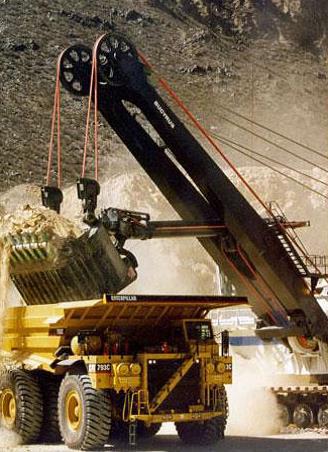
Published
28 September, 2014Type
Case StudyMinera Alumbrera (MAA) is a joint venture between Glencore, Goldcorp and Yamana, engaged in the exploration and mining of metals in northwest Argentina. One of MAA’s primary sites lies in the Bajo de laAlumbrera copper, gold and molybdenum deposit, located in the Catamarca province some 2600 meters above sea level.
Commissioned in 1997, construction of the Bajo de la Alumbrera site took approximately three years and required an initial investment of US$1.3 billion. The project included necessary associated infrastructure investments in areas such as electrical wiring, roads, railway systems improvements and port facilities. More than 4’000 direct jobs were created during this construction phase.
In terms of scale, the annual concentrate production of the site is 547,000 metric tons. Through large-scale crushing, grinding and flotation process, the annual throughput averages around 140,000 tons of copper, 352,000 ounces of gold in concentrate, 45,000 ounces of doré gold and 960 tons of molybdenum concentrate.
In this region of northwest Argentina, MAA’s exploration rights are held by Yacimientos Mineros de Agua deDionisio (YMAD), an integrated company composed of representatives from the Catamarca provincial administration, the National Tucuman University, as well as the national government. YMAD agreed to form an unincorporated joint venture with Minera Alumbrera to mine the deposit, and is entitled to a 20% share in the mining profits.
With such a significant operation size and large spectrum of stakeholders, MAA saw the need to measure and monitor its impact on local communities. The Argentine Business Council for Sustainable Development (CEADS), part of the WBCSD’s Global Network of business organizations across the world, guided MAA in the measurement process. CEADS regularly convenes a working group on the topic of impact assessment, with the aim of increasing the collective knowledge around methodologies and best practice in measuring the economic, social and environmental impact of business activities. With insight from CEADS, MAA decided to apply the WBCSD’s Measuring Impact Framework.
This case study explores how Minera Alumbrera applied the WBCSD’s Measuring Impact Framework under the guidance of the Argentine Business Council for Sustainable Development (CEADS) and presents some of the results of the study. With the aid of the framework, the company obtained a comprehensive overview of the footprint of its operations. Measurement has enabled MAA to better inform decision-making, tackle social tensions and manage its relationships with stakeholders such as local populations, NGOs, public sector partners, and future investors.
